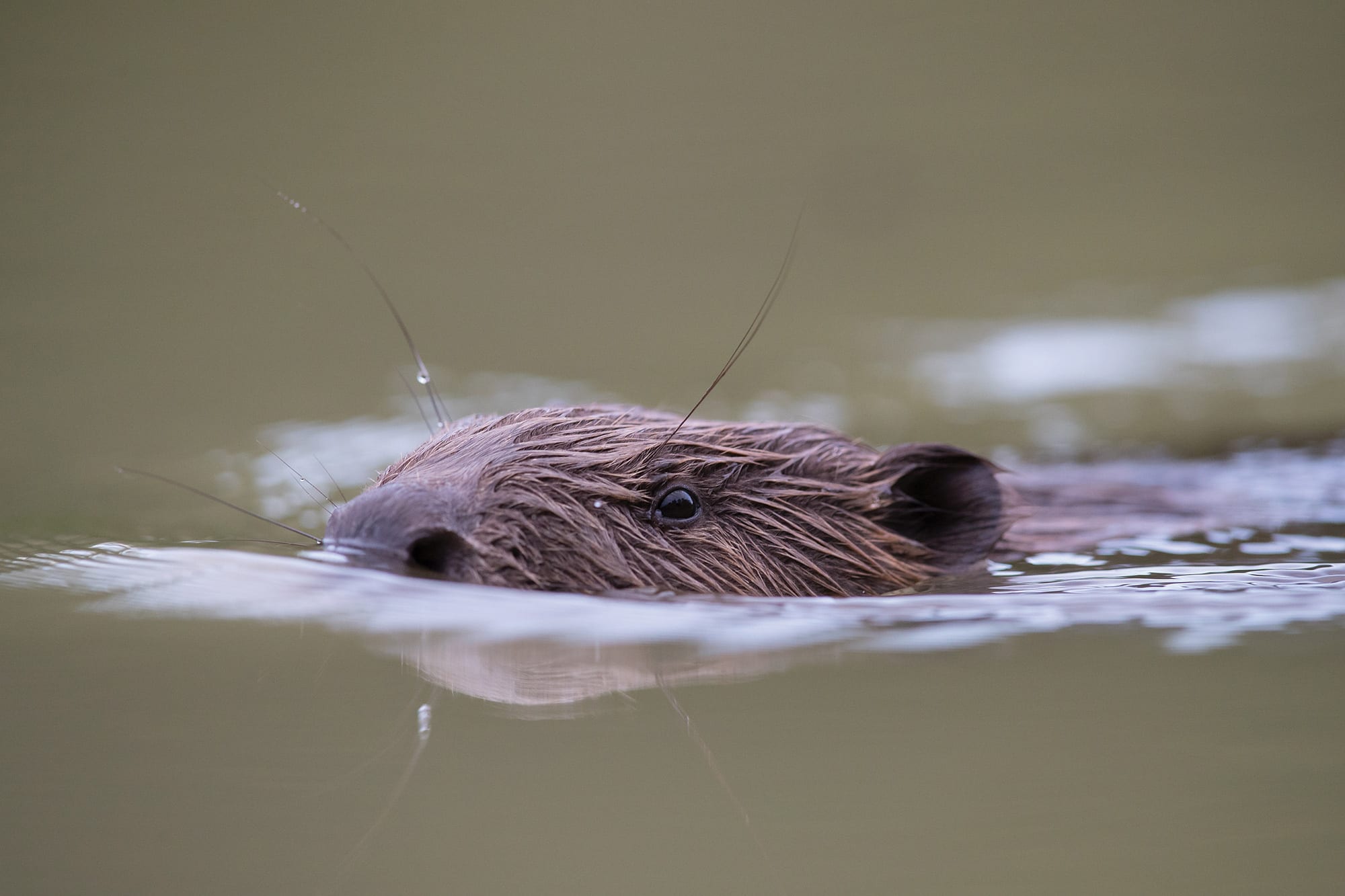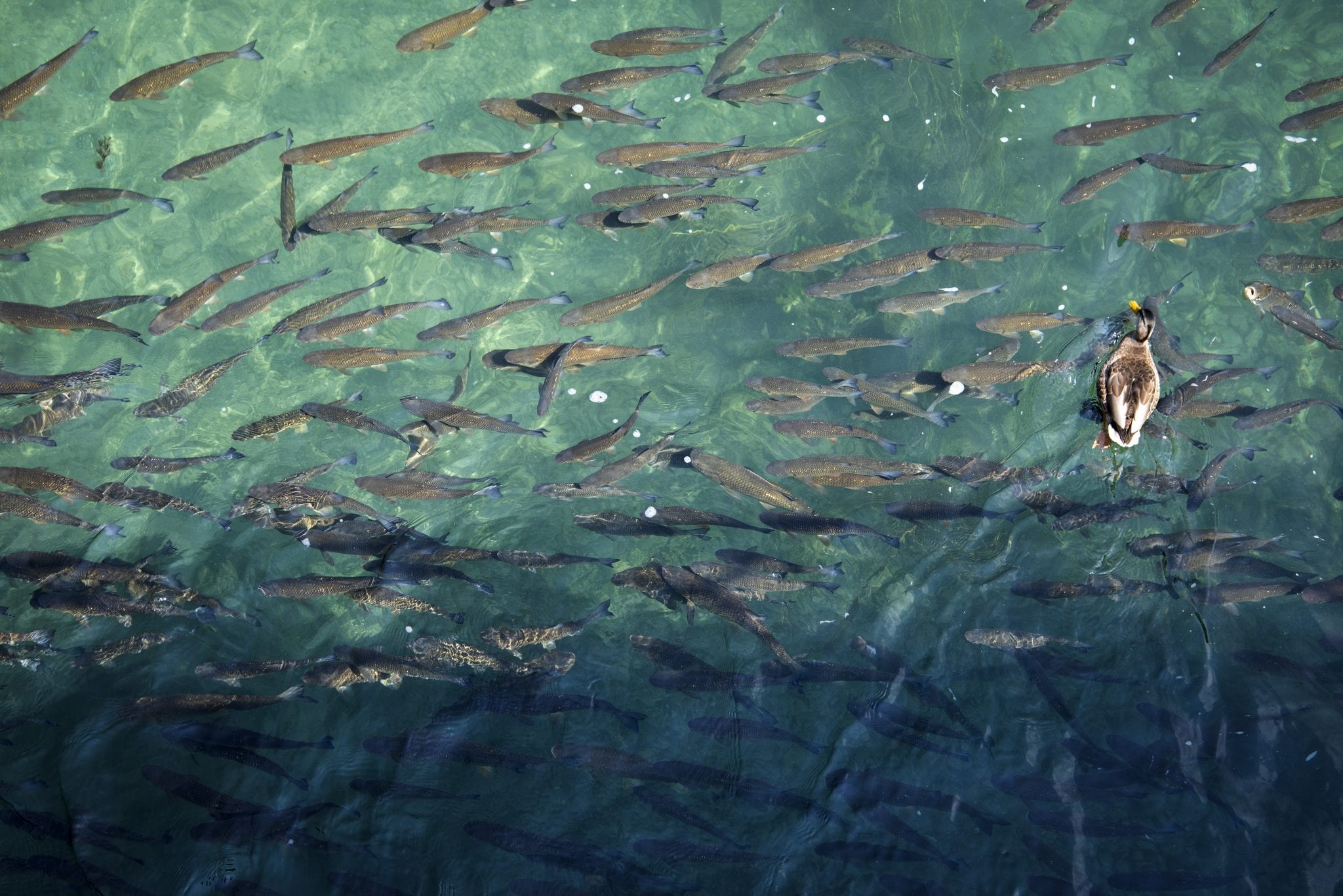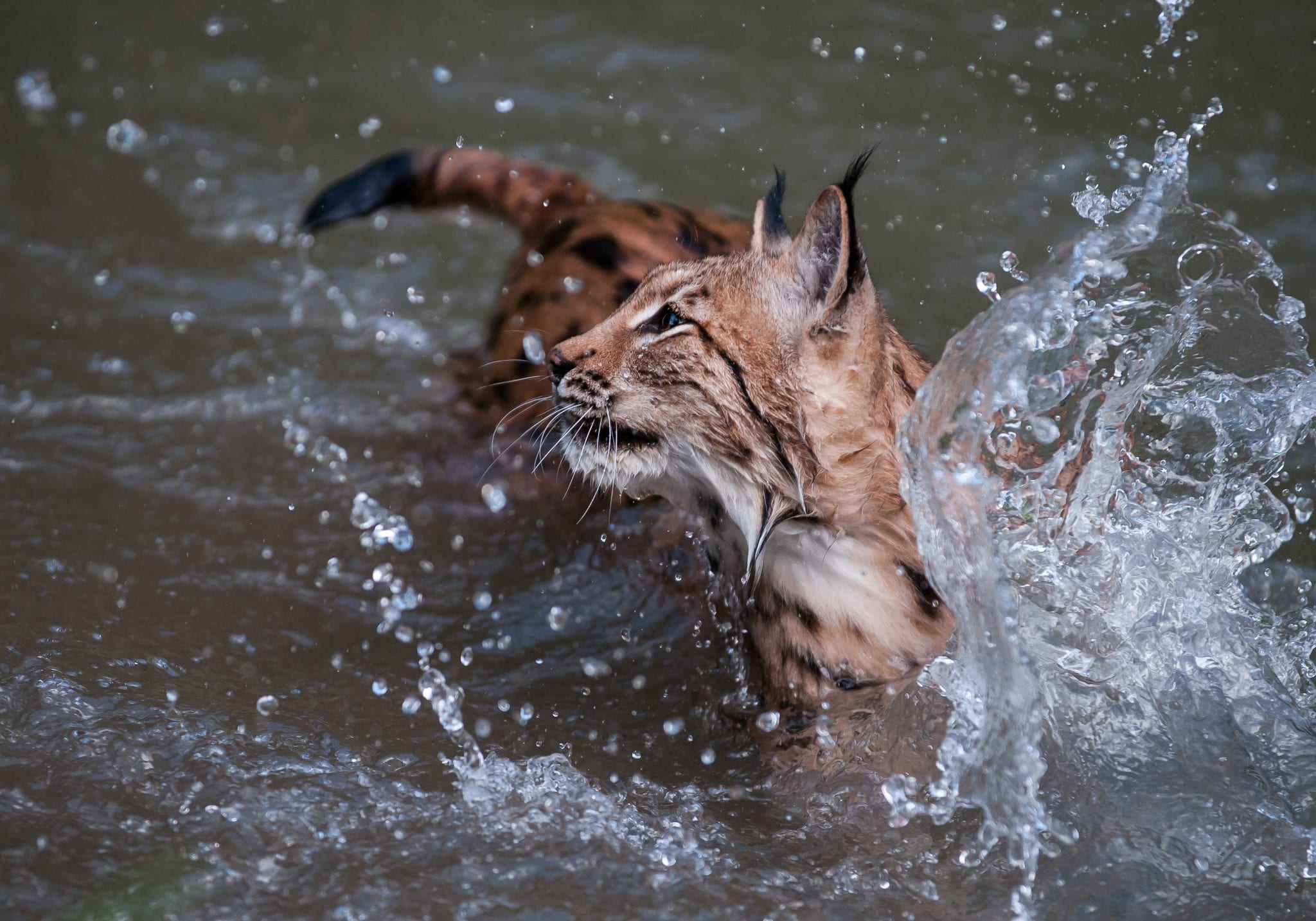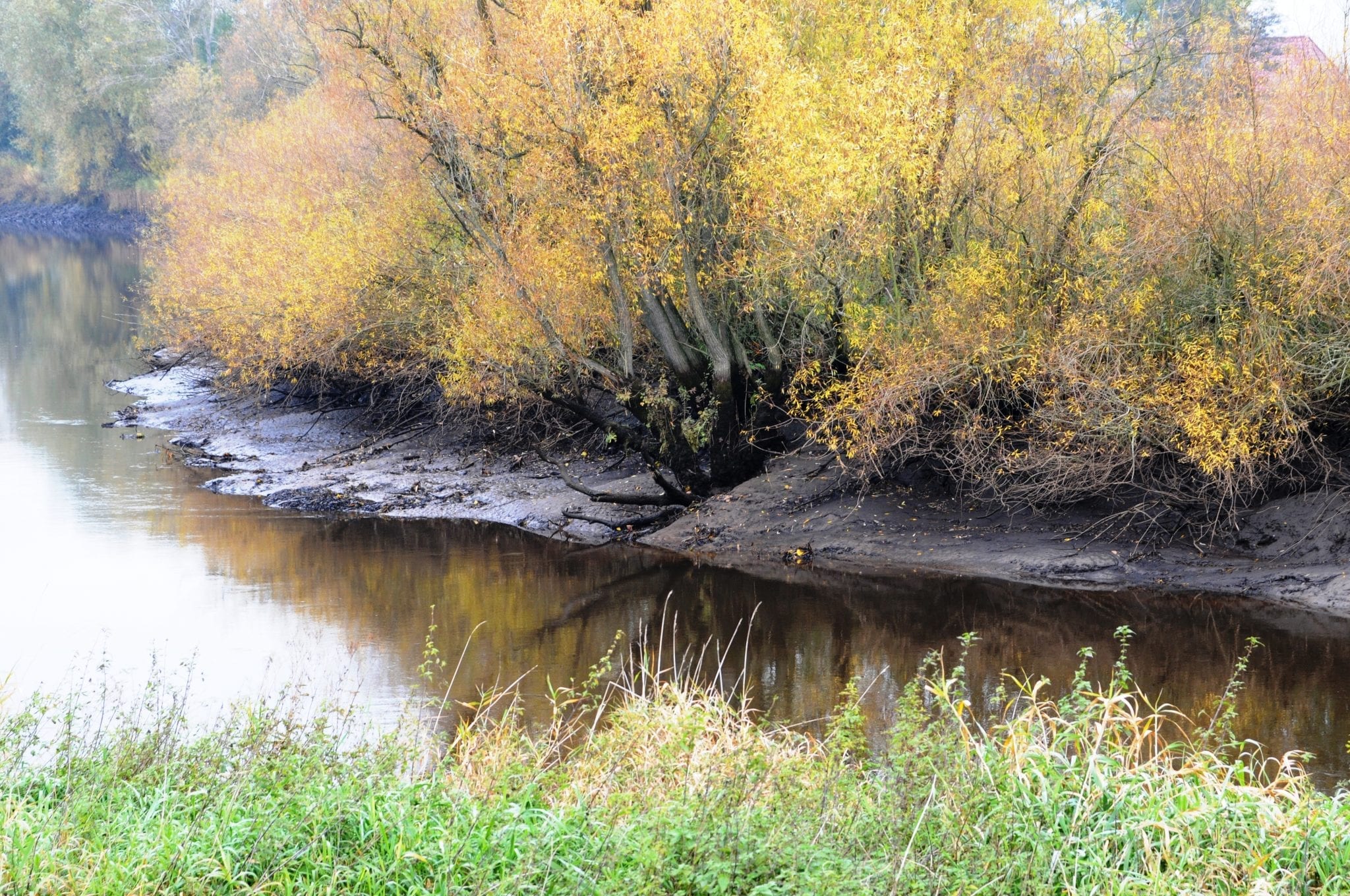The EU Water Law: What’s at Stake??
9 July 2019






















Established in 2010, REVOLVE inspires climate action by keeping you informed about the circular economy, ecosystem restoration, the energy transition, sustainable mobility and water resources.
REVOLVE's quarterly magazine is an award-winning publication providing different angles on sustainability.
Perspective is everything and everything is changing.
9 July 2019























VIEWS | 7 August 2017
VIEWS | 14 December 2017
Features | 13 August 2012
By Peter Easton
Features | 17 January 2017
By Peter Easton
Welcome to REVOLVE! We use cookies to ensure our website functions properly and to understand better how visitors navigate. Fore more information, see our Privacy Policy.